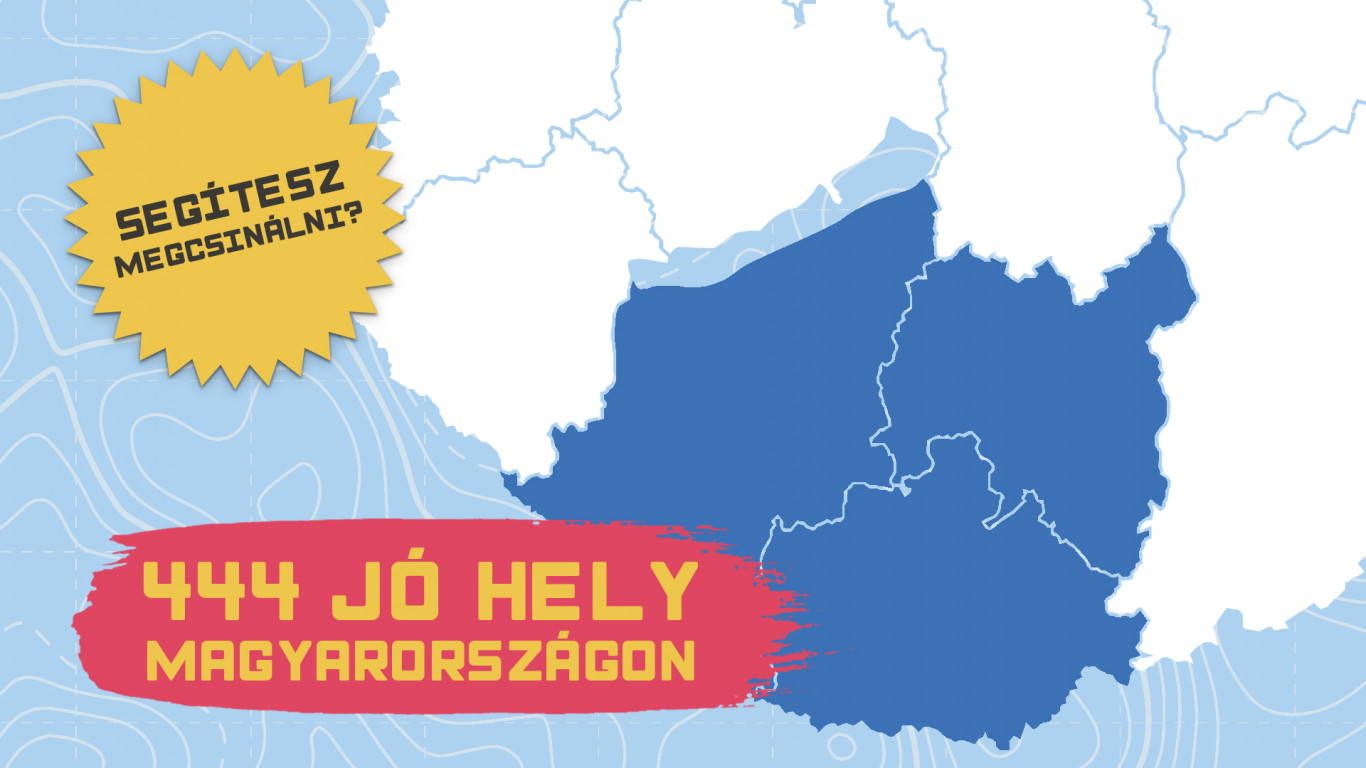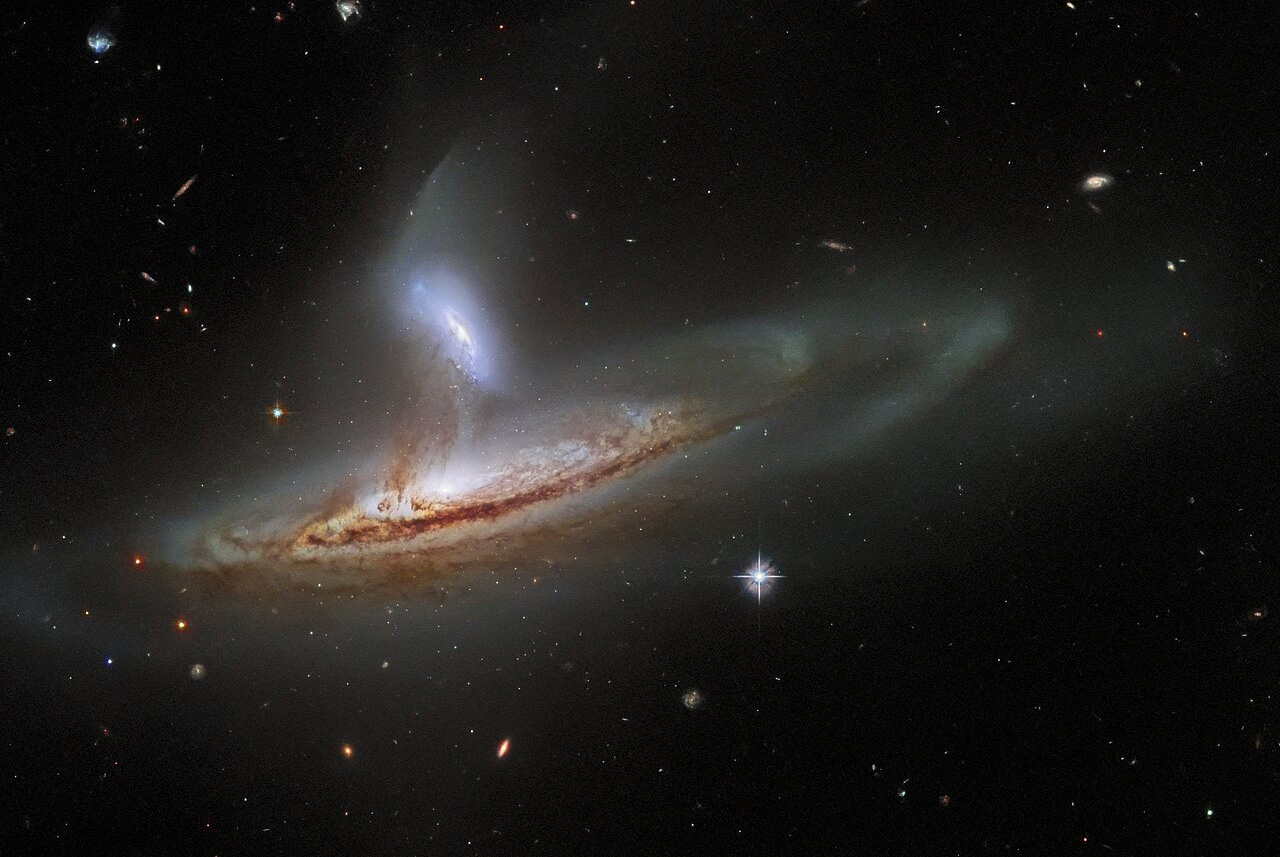It’s a shame it’s endlessly diverse, it’s impressive ice crystals Microplastics have also appeared, the effects of which on human and animal health are still unknown. It sure is We eat and drink itThese synthetic particles have also been shown to damage cells in laboratory conditions, and it is believed that these synthetic particles likely cause millions of premature deaths each year.
We already knew that floating islands of plastic waste the size of Texas can be seen even from satellites in the world’s oceans, Tessa Their microplastic pollution even exceeds the Ganges, and they are pieces of plastic Back Also in pork and beef.
Not only on land and water …
But now it turns out that I’m on the wings of the wind, It also spreads when attached to snow, which was surprising because until now these tiny plastic crumbs less than five millimeters in size were thought to have been transported mainly by water. It is found in the summer in Antarctica And according to the signs, they have now reached every corner of the earth, and have already been discovered in the highest mountains and in the deepest trenches.
The first, more detailed studies on this phenomenon were published this year. In April, a French and Scottish research group discovered microplastics in the Pyrenees
Perhaps the wind was blowing from Barcelona.
Just a few months later, researchers also found it in the pristine snow of the Swiss Alps and the Arctic, and it seems they could only reach these landscapes with the wind.
On average, 1,760 microplastic particles per liter (the volume of a cube with sides of ten centimeters) were found in the snow that fell on the icebergs between Greenland and Norway. This number was much higher in the Alps, where the average number of particles was 24,600 per liter. All this clearly indicates that there are a lot of plastic particles in the air, which are enough to make airborne microplastics
It can be considered as a type of air pollution.
We don’t play small
These tiny particles of synthetic material are usually caused by the fragmentation and disintegration of larger pieces of plastic, but they can also get into ecosystems and the food chain from cosmetics and clothing and go unnoticed. Animals eat it – We are too.
And the supply is almost unlimited, not less than every year 275 million tons We get rid of plastic, in the form of various small and large items, mostly used only once, and then produce the same amount to replace it. If we want to imagine the magnitude of this, we can also say that it is one per year
Humanity produces and disposes of 65 kilometers of plastic toy blocks.
The question is, of course, what is this ongoing plastic obsession with. Why do we impose these synthetic materials?
The answer is rather simple: if we had not invented these industrially produced organic materials, we would have a big problem, because it would be difficult to replace them in large quantities with wood and other materials found in nature. Therefore, it is safe to say that plastic is one of the indispensable inventions of human civilization. But we don’t know what to do with it as waste, so much so that we simply throw 80 percent of the plastic into landfills, or scatter it in the oceans, or just like that, somewhere in the woods or fields. The remaining half is recycled, and the other half is simply incinerated.
They appear from time to time, albeit seismically newsletter about biodegradable plastics or bacteria feeding on polyester, super enzymes feeding on polymers or even discoveries that extract fuel (hydrogen), but for now, it seems, We captured her for plastic.
(Cover photo: Dukas/Universal Images Group via Getty Images)












































